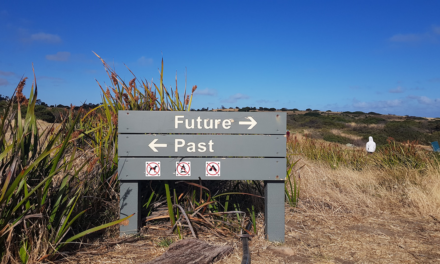As an avid camper, I know the excitement of hitting the open road and embarking on an adventure in the great outdoors. But, with so many things to consider, packing for car camping can sometimes feel like a daunting task.
Fear not, fellow campers!
I’m here to share my go-to packing list and tips to make your car camping experience a breeze. By the end of this post, you’ll be a packing pro, ready to tackle any car camping adventure!
1. Plan Ahead: The Key to a Stress-Free Trip
First and foremost, planning ahead is crucial.
Before you start packing, list everything you’ll need for your trip. Consider factors like:
- The duration of your trip
- The weather forecast
- Your planned activities
A good rule of thumb is to pack only what you need and use and include a few extras for emergencies. And remember to check if the campsite has any specific rules or restrictions.
2. Shelter: Your Home Away from Home
Your shelter is the cornerstone of your car camping experience. You’ll need:
- A tent: Choose one that’s easy to set up, has enough space for your group, and is suitable for the expected weather conditions.
- Sleeping bags: Opt for bags rated for the lowest expected temperature.
- Sleeping pads or air mattresses: These provide comfort and insulation from the ground.
Pro tip: Try setting up your tent and sleep system at home first to ensure you have all the necessary components and are familiar with the process.
3. Camp Kitchen: Mastering the Art of Campsite Cooking
Preparing delicious meals in the great outdoors is one of the highlights of any camping trip. Be sure to pack:
- A portable stove or grill
- Fuel or propane canisters
- Cooking utensils (pots, pans, spatula, etc.)
- Plates, bowls, cups, and eating utensils
- A big enough cooler with ice or ice packs to keep perishables fresh
- Non-perishable food items and snacks
- A washing basin, sponge, and biodegradable soap for cleanup
Remember: Store all food and scented items in a secure container or your vehicle to avoid attracting wildlife.
4. Clothing: Dress for Success
When it comes to clothing, versatility and layers are key. Pack clothing items that can easily be mixed and matched to accommodate various temperatures and weather conditions. Include:
- Base layers: moisture-wicking shirts and leggings
- Mid layers: fleece or insulated jackets
- Outer layers: waterproof and windproof jackets and pants
- Socks: bring extra pairs!
- Shoes: sturdy hiking boots and comfortable camp shoes
- Hat and gloves
- Swimsuit and quick-drying towel
5. Personal Items: Don’t Forget the Little Things
Personal items can make or break your camping experience. Remember to pack:
- Toiletries: toothbrush, toothpaste, toilet paper, and personal hygiene items
- First aid kit: include items like band-aids, pain relievers, and any personal medications
- Entertainment: books, playing cards, or portable games
- Electronics: phone, charger, and portable power bank
- Maps and navigation tools
6. Campsite Essentials: For a Smooth and Comfortable Stay
Finally, pack these campsite essentials to ensure a comfortable and enjoyable stay:
- Camping chairs or portable seating
- A tarp or groundsheet to protect your tent and gear
- Lanterns or headlamps for nighttime visibility
- Firestarter and firewood, if allowed at your campsite
- Multi-tool or camping knife
- Trash bags to practice “Leave No Trace” principles
Now that we’ve covered the essentials let’s tie everything together with a fun and informative conclusion.
Embark on Your Car Camping Adventure with Confidence
With this comprehensive packing guide, you can confidently embark on your car camping adventure. Remember, planning and being organized are critical to a stress-free trip. As you set off to explore the great outdoors, take a moment to appreciate the beauty of nature and the memories you’ll create.
As you reflect on your upcoming adventure, consider these thought-provoking questions:
- What unique or unexpected items will you bring to enhance your car camping experience?
- How can you minimize your environmental impact and practice Leave No Trace principles during your trip?
- What delicious and creative campsite meals do you plan to prepare?
By keeping these questions in mind, not only will you be well-prepared, but you’ll also embark on a journey that’s both enriching and environmentally conscious.Happy camping!





